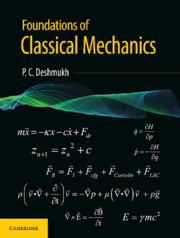Because there is a law such as gravity, the universe can and will create itself from nothing.
—Stephen HawkingCONSERVED QUANTITIES IN THE KEPLER–NEWTON PLANETARY MODEL
To an ancient man who watched the sky without nuances of smoke, dust and light contaminations in the atmosphere, the sky would have looked many times more beautiful and brighter than it does now. With amazing regularity, night after night, the sky would turn around his village. With no television to dissipate his time, he would admire and wonder, what is it that makes the sky look so very nearly the same each night, and yet that tad different. What a wonder it would seem that the world turned around him, every single day. A keen observer would notice, however, that amid the twinkling stars, there were some bright objects that seemed to be wandering a little bit in space, here today, and there tomorrow. Over days, weeks, and months, they would drift even far apart from the group of stars they were first sighted with. Astronomy is in some sense the mother of both physics and mathematics, ever since the curious man explored reasons to account for his observations. In studying astronomy, man hit on the very method of science, which would require geometry, trigonometry and eventually differential and integral calculus. Early models included imaginary forces, driven often by mythological gods and daemons, stories of whom fascinate children the world over even today. The myth, however, obliterates reason. Sections of the society sadly even now continue to be driven by superstition, rather than the knowledge earned by man over centuries. Today, much is known, and even as mindboggling questions continue to challenge physicists, superstition is thankfully becoming increasingly dispensable.
Star-gazing and analyzing motion of the planets, first considered as wandering stars, thus reveals the very method of scientific exploration. Human curiosity demands a model to be developed in order to account for the observed phenomena. One may trust the model as long as it does not lead to any discrepancy or contradiction, or internal inconsistency. A few early deductions known to some Indian and Greek astronomers have turned out to be quite accurate. For example, Aryabhatta, in the fifth century CE, had inferred and proclaimed that Earth has a spherical shape, not flat (as some people seem to want to believe even today).
